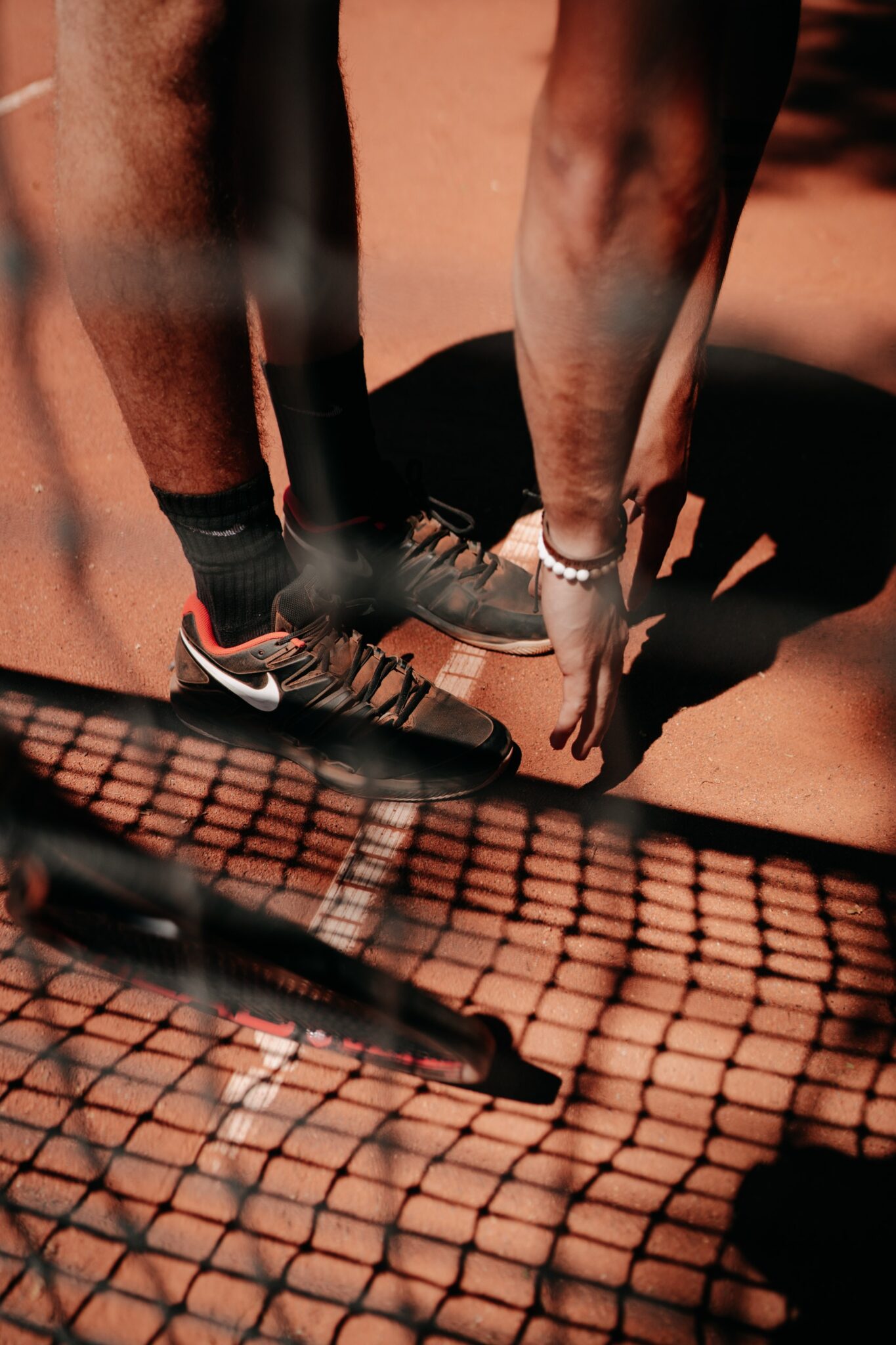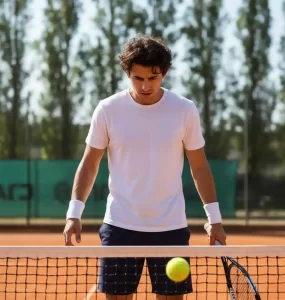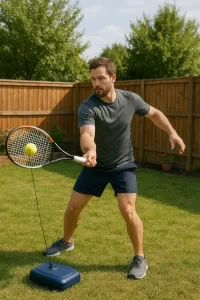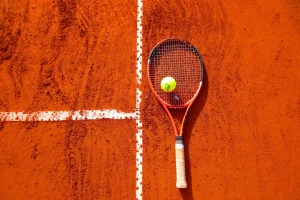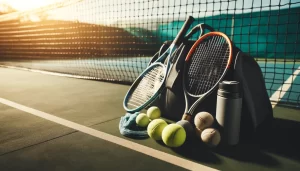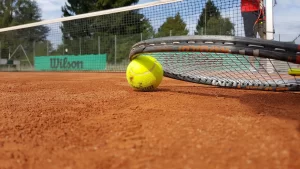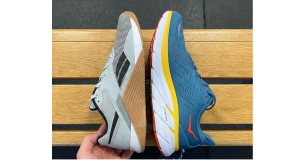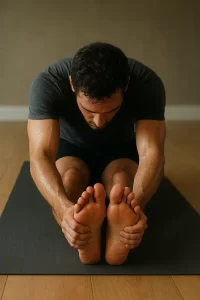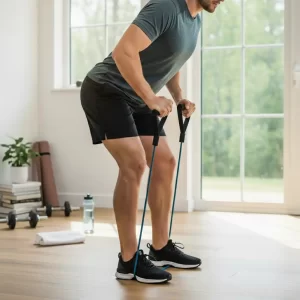START TENNIS
Tennis is a great hobby for people of all ages and fitness levels. It is a fun and enjoyable way to improve cardiovascular endurance, build strength, and stay active.
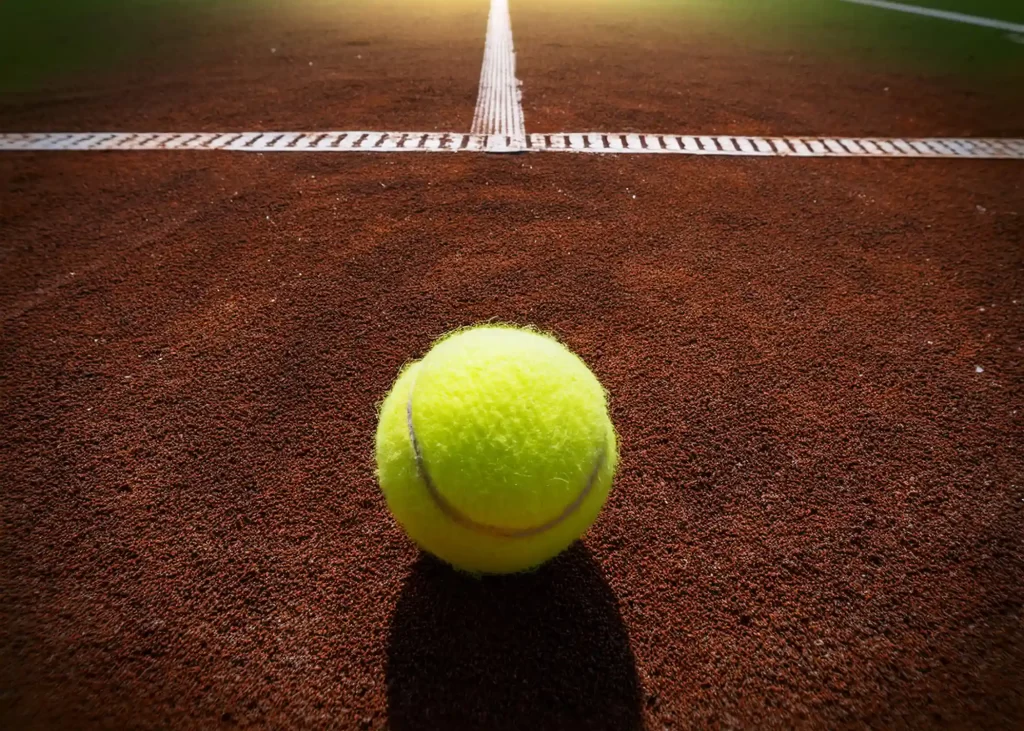

TIPS TO START
- Find a place to play: The first step in starting to play tennis is to find a place where you can practice and play regularly. This could be a public park with tennis courts, a community center, or a local tennis club.
- Get the necessary gear: In order to start playing tennis, you’ll need a few basic pieces of gear. These include a racket, balls, and appropriate clothing and shoes. When shopping for a racket, consider your skill level and what type of grip feels most comfortable in your hand. It’s also a good idea to invest in a good pair of tennis shoes that provide adequate support and traction on the court.
- Learn proper technique: Before you start playing tennis, it’s important to learn proper technique to ensure you are hitting the ball effectively and efficiently. Consider taking a beginner’s tennis class or working with a coach to learn the proper grip, stroke, and footwork for the game.
- Start slowly: If you’re new to tennis, it’s important to start slowly and build up your endurance over time. Start by hitting the ball back and forth with a partner, and gradually increase the intensity and duration of your play as you get more comfortable on the court.
- Stay safe: When playing tennis as a hobby, it’s important to prioritize safety. Always warm up and stretch before playing, and take breaks when needed to prevent fatigue. If you experience any pain or discomfort during play, stop immediately and seek medical attention if necessary.
By following these tips, you can start playing tennis as a fun and rewarding hobby that provides numerous physical and mental benefits. Whether you’re looking to improve your fitness level, socialize with others, or just have fun, tennis is a great activity to add to your weekly routine.
BASIC EQUIPMENT
- Tennis racket: A tennis racket is a necessary piece of equipment for playing the sport. It should be the appropriate size and weight for the player’s skill level and style of play.
- Tennis balls: Tennis balls are typically made of rubber and are used to play the game. They should be properly inflated and may be made of different materials depending on the playing surface.
- Tennis shoes: Tennis shoes are specialized shoes that are designed specifically for the sport. They should provide good support and traction and should be comfortable to wear.
- Tennis clothing: Tennis players should wear comfortable and appropriate clothing while playing, such as shorts or skirts and a tennis shirt.
- Tennis wristbands: Tennis wristbands are worn on the wrist and can help to absorb sweat and keep it out of the eyes.
- Tennis socks: Tennis socks should be comfortable and provide good support to the feet and ankles.
- Tennis hats or visors: A hat or visor can help to keep the sun out of the eyes and can also help to absorb sweat.
- Tennis overgrips: An overgrip is a thin layer of material that is wrapped around the handle of the tennis racket to improve grip and absorb sweat.
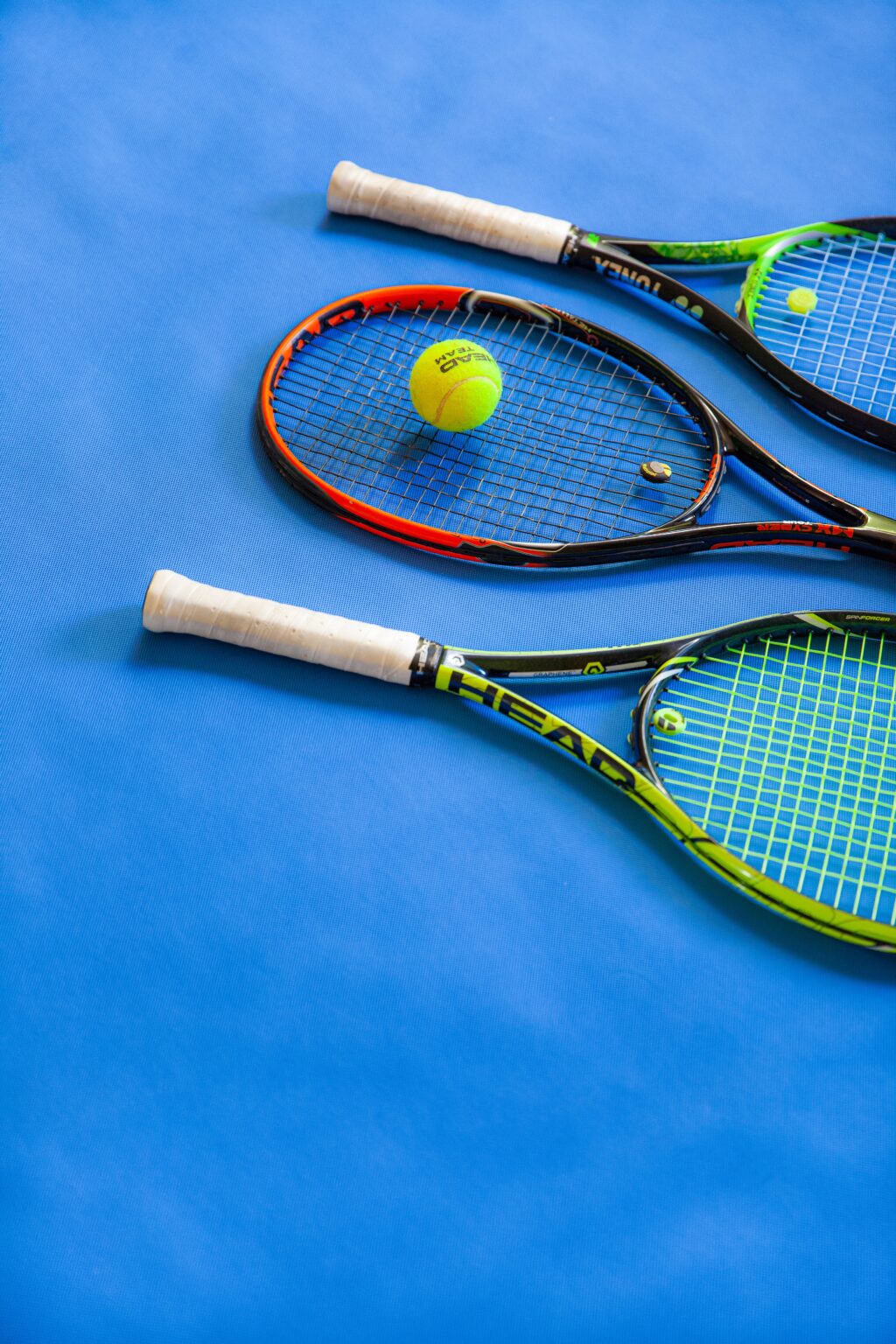

MAIN MUSCLES
Tennis exercises a wide range of muscles in the body, including:
Shoulders: Tennis involves a lot of overhead arm and shoulder movement, which can help to strengthen the muscles in these areas.
Arms: Tennis requires quick and powerful arm movements, which can help to strengthen the biceps, triceps, and forearms.
Chest: Tennis involves a lot of reaching and stretching, which can help to strengthen the muscles in the chest.
Back: Tennis requires a lot of rotational movement and can help to strengthen the muscles in the back, including the latissimus dorsi (lats) and the lower back muscles.
Core: Tennis requires a lot of trunk stability and can help to strengthen the core muscles, including the abs, obliques, and lower back muscles.
Legs: Tennis involves a lot of running, jumping, and lateral movement, which can help to strengthen the muscles in the legs, including the quadriceps, hamstrings, and calves.
COMMON INJURIES
There are several common injuries that tennis players may experience, including:
- Tennis elbow: Tennis elbow is an overuse injury that can occur from repetitive arm and wrist movement and can cause pain and inflammation in the elbow and forearm.
- Sprained ankle: Tennis involves a lot of quick movements and changes of direction, which can put strain on the ankles and increase the risk of a sprained ankle.
- Knee injuries: Tennis can put a lot of strain on the knees, and players may be at risk for injuries such as patellar tendinitis, meniscal tears, and ligament injuries.
- Shoulder injuries: Tennis players may be at risk for shoulder injuries, such as rotator cuff strains or impingement syndrome, due to the overhead arm movements required in the sport.
- Heat illness: Tennis players may be at risk for heat illness if they play in hot or humid conditions without properly hydrating.
It is important to warm up properly before playing tennis and to pay attention to your body’s limits to help prevent injuries. If you experience any pain or discomfort while playing, it is important to stop and seek medical attention if necessary.
